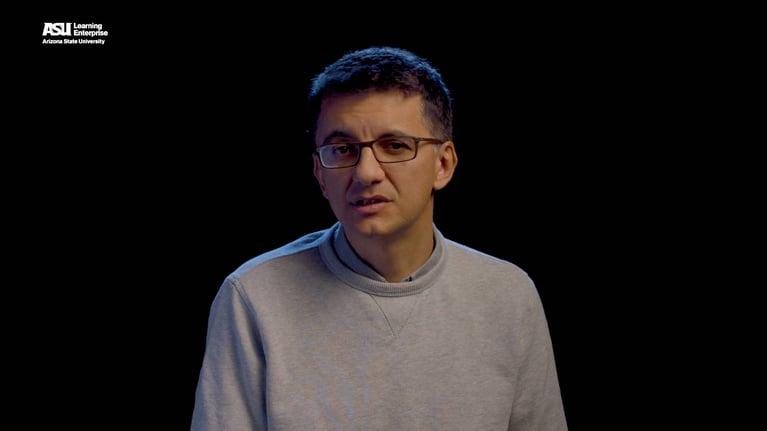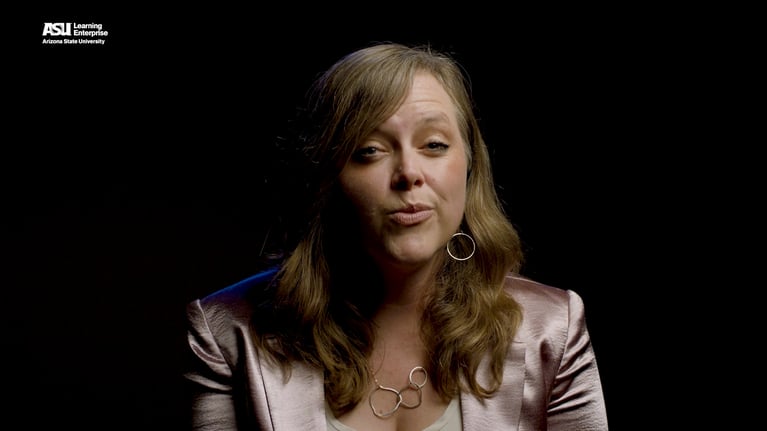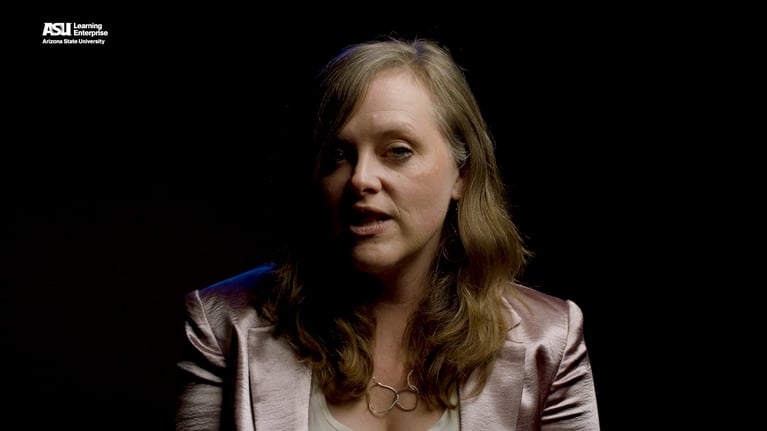Artists are futurists, using their creative processes to imagine possible futures. They create new worlds and solutions to societal problems, inspiring us to apply these ideas in our own lives. Examples include the writers of Star Trek, who envisioned flip communicators similar to modern cell phones, and comic book writer Rube Goldberg, who invented complex machines that exemplify creative problem-solving. Artists also dream of new societal systems that counter our societal challenges and biases, like transmedia artist Stephanie Dinkins who explores how algorithms reinforce biases. As strategic futurists, we can all dream, explore the unknown, and create different possible realities for a more equitable future.
Artists are futurists. They use creative processes to dream and experiment, to imagine our many possible futures. Artists strategically create new worlds with paint and language, imagining new solutions to our complex societal problems or new ways for technology to function to support our daily lives. Yet the creative process is accessible for anyone to apply to use. When looking at how some artists have used the creative process to envision and manifest new futures that transform our society, I invite you to consider them as inspiration for how you may apply these ideas to your own life and work.
Take the writers for the science fiction tv show Star Trek, who invented flip communicators for their characters to activate to talk to one another. These devices created by artists in the 1960s look and operate similarly to the boxy, flip phones launched in the 1990s. Today nearly all of us have cell phones in our pockets, making these innovations of the starship Enterprise real.
Or how about Rube Goldberg, a comic book writer who invented complex machines for getting an object from point A to point Z with many curves and loops and unexpected turns along the way. These contraptions are a series of surprising chain reactions, sending a ball down a journey involving unexpected and often comedic actions. These machines are creative problem-solving in action, pursuing the uncharted path to reach a pre-set goal that may not look like what we anticipate.
These artists are breaking out of expected processes to think differently, inviting us as audiences and readers to take the journey with them to test out something new before we work together to create our future world.
Artists also dream of new societal systems that counter our societal challenges and biases to manifest more equitable future worlds.
Transmedia artist Stephanie Dinkins thinks about race, gender, and digital inequities and what they mean for our future. She explores how algorithms make decisions about many hidden aspects of our daily lives, from our medical records and legal systems, to our interpersonal communication and business procedures. She looks specifically at how algorithms reinforce biases based on skin color, using her own personal experience navigating the world as a black woman as reference. In one project she has had a series of conversations with an artificial intelligence robot shaped to look like a Black woman, asking it questions about family and race. The robot is unable to answer those questions easily, exposing how the biases of the people who program the robot are then reinforced in the AI that they create. In exposing how algorithms are reinforcing societal biases, she is also proposing ways for our laws, policies, and systems to become more equitable.
Like these artists, we can all be strategic futurists. By allowing ourselves space to dream we can explore the unknown and create different possible realities. We can envision worlds that engage new technologies to make communicating in our daily lives easier, like the cell phone. We can experiment with creative problem solving to achieve goals that seemed difficult or impossible. By dreaming we can also untether ourselves from the exclusionary systems that structure our world, to build more equitable futures based in care.


